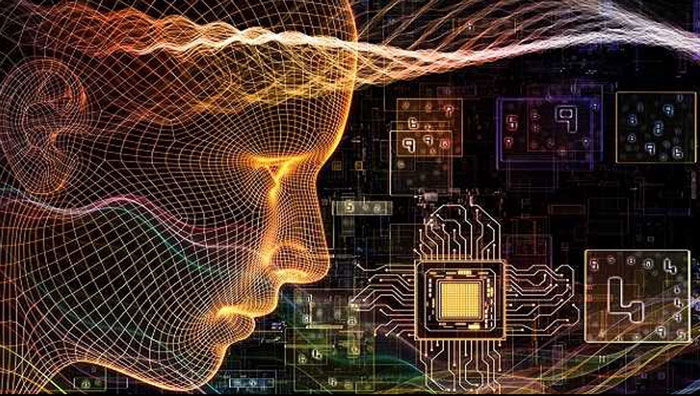The researchers think they were only able to discover electrophysiological potentials—such the heartbeat-induced potentials—because the nuclear proton spins in the brain were entangled. Normally, electrophysiological potentials like these cannot be detected using MRI.
“If entanglement is the only possible explanation here then that would mean that brain processes must have interacted with the nuclear spins, mediating the entanglement between the nuclear spins. As a result, we can deduce that those brain functions must be quantum.”

“Quantum brain processes could explain why we can still outperform supercomputers when it comes to unforeseen circumstances, decision making, or learning something new. Our experiments performed only 50 meters away from the lecture theatre, where Schrödinger presented his famous thoughts about life, may shed light on the mysteries of biology and on consciousness, which scientifically is even harder to grasp.”
Abstract
Recent proposals in quantum gravity have suggested that unknown systems can mediate entanglement between two known quantum systems, if the mediator itself is non-classical. This approach may be applicable to the brain, where speculations about quantum operations in consciousness and cognition have a long history. Proton spins of bulk water, which most likely interfere with any brain function, can act as the known quantum systems.
If an unknown mediator exists, then NMR methods based on multiple quantum coherence (MQC) can act as an entanglement witness. However, there are doubts that today’s NMR signals can contain quantum correlations in general, and specifically in the brain environment. Here, we used a witness protocol based on zero quantum coherence (ZQC) where we minimized the classical signals to circumvent the NMR detection limits for quantum correlation. For short repetitive periods, we found evoked signals in most parts of the brain, whereby the temporal appearance resembled heartbeat-evoked potentials (HEPs).

We found that those signals had no correlates with any classical NMR contrast. Similar to HEPs, the evoked signal depended on conscious awareness. Consciousness-related or electrophysiological signals are unknown in NMR. Remarkably, these signals only appeared if the local properties of the magnetization were reduced. Our findings suggest that we may have witnessed entanglement mediated by consciousness-related brain functions. Those brain functions must then operate non-classically, which would mean that consciousness is non-classical.





